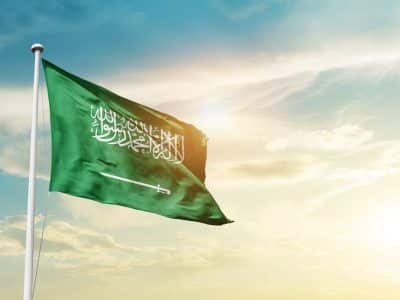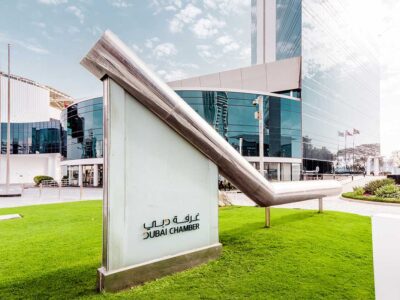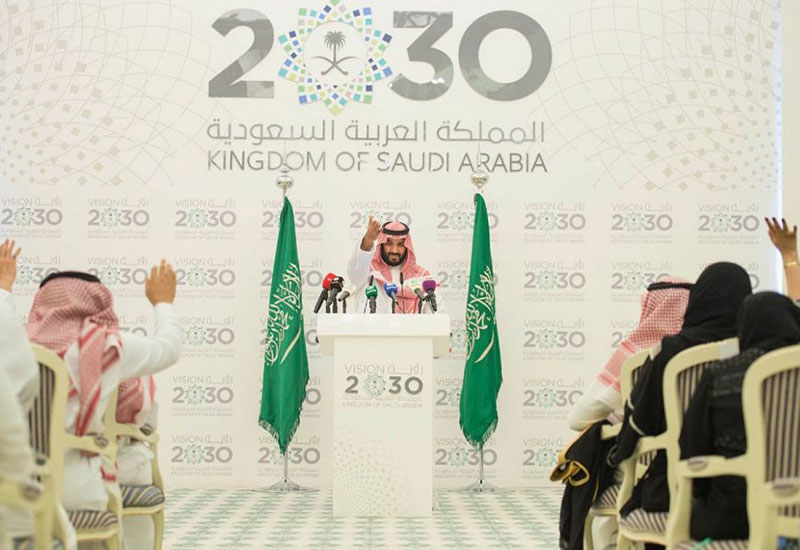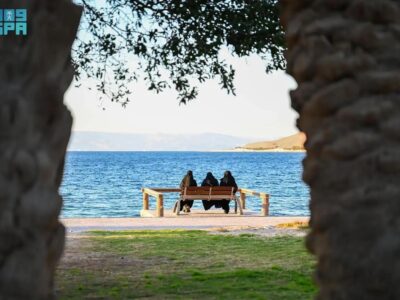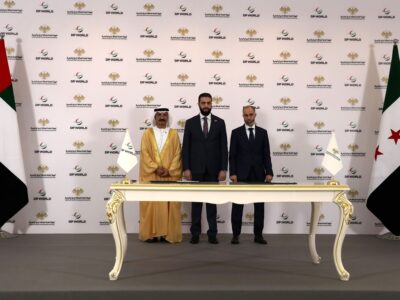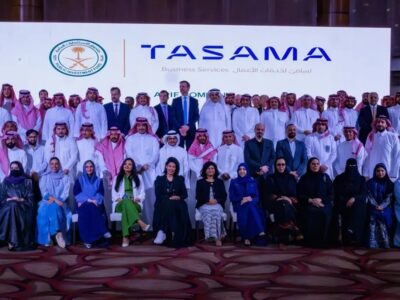Five years ago, Saudi Arabia announced its Vision 2030 programme, a strategic framework to reduce the country’s dependence on oil, diversify its economy, and develop public service sectors such as health, education, infrastructure, recreation, and tourism.
The impact of the coronavirus crisis, new VAT taxes, the suspension of state subsidies and an unemployment rate that reached nearly 15 percent in the third quarter of 2020 have raised questions about the effectiveness of Vision 2030.
But Crown Prince Mohammed bin Salman bin Abdulaziz (pictured below), Deputy Prime Minister and chairman of the Council of Economic and Development Affairs, this week hailed the programme for making “great strides” and addressing structural challenges in the kingdom.
The council has now made recommendations necessary to move to the next stage of the process of realising Vision 2030, which continues until 2025.
These include restructuring some of the current programs and creating others such as establishing a health sector transformation program, according to Saudi Press Agency.
It also plans to give flexibility to the implementation schedules of some programs, setting priorities for implementing initiatives, and enabling changes in legislative policies.

Scott Livermore, ICAEW economic advisor and chief economist at Oxford Economics, told Arabian Business that the next five years are likely to see an “accelerated implementation” of Vision 2030.
“This is signalled by recent developments to increase the resources available to the Public Investment Fund. This means the authorities will press ahead with significant mega- and giga projects, but we are also like to see more reform to the social and business environment to narrow the attractiveness of the kingdom as a place to work and live relative to other places in the GCC such as Dubai and Bahrain.”
On the success of the strategy so far, he added: “There has been limited progress towards meeting the main economic targets for Vision 2030 around diversification, unemployment and building local content. In some respects, this is not surprising as the targets were very ambitious and the impact of Covid-19 has disrupted progress. However, just looking at where the Saudi economy stands relative macro targets for 2030 probably underplays what has been achieved so far.
“The Saudi authorities have made significant social reforms, implemented business-friendly measures that have propelled Saudi Arabia up rankings such as the World Bank’s Ease of Doing Business, and over the past year plans around mega-projects such as Neom are starting to emerge.
.jpg?PmS5kDgb)
Livermore (pictured above) also said that the slump in oil prices has highlighted the urgency of achieving Vision 2030 to reduce the economy’s vulnerability to external shocks.
“Covid-19 hit all countries severely and didn’t particularly single out oil producers, but it did serve to highlight the need to be able to drive Vision 2030 domestically without relying too heavily on FDI. Another key factor following Covid-19 is that the post-Covid era is likely to be much more focused on achieving environmental objectives and slowing climate change and this highlights the need for Saudi Arabia – and other GCC economies – to reduce their dependency on oil.”
So how successful has the first five years been? According to the Council of Economic and Development Affair’s five-year review, achievements include:
- Facilitating access to emergency health services within 4 hours at the rate of more than 87 percent compared to 36 percent prior to the 2016 launch.
- Reducing the percentage of traffic accident fatalities annually to 13.5 deaths per 100,000 from 28.8.
- Increasing the percentage of people who participate in sports activities at least once a week to 19 percent compared to 13 percent.
- The percentage of home ownership has increased to 60 percent, compared to 47 percent five years ago while obtaining housing assistance is now immediate when it previously took up to 15 years.
- The number of heritage sites that can be visited in the kingdom in 2020 has risen to 354 compared to 241 sites in 2017.
- The issuance of the electronic tourist visa has helped create the one of the fastest growing tourism markets in the world, with a growth of 14 percent.
- The number of companies operating in the entertainment sector has doubled, reaching more than 1,000 and generating more than 101,000 jobs by the end of 2020.
- Assets of the Public Investment Fund have doubled to reach approximately SR1.5 trillion in 2020.
- Foreign direct investment inflows in Saudi Arabia have increased to reach SR17.6 billion, an increase of 331 percent since the launch of Vision 2030.

- Mega- and giga-projects have been launched including NEOM, Qiddiya (pictured above) and the Red Sea Project.
- Foreign investors’ holdings in the Tadawul stock market have increased by 195.9 percent to reach SR208.3 billion by the end of 2020.
- Non-oil GDP ratio reached 59 percent in 2020, compared to 55 percent in 2016. Non-oil revenues also increased to reach SR369 billion in 2020, up 222 percent.
- The number of factories has increased by 38 percent to 9,984 compared to 2016.
- In the field of digital economy, the kingdom has achieved first place in the world in 5G internet speed, covering more than 60 percent of major cities and 45 percent of other cities by deploying more than 12,000 towers.
- Renewable energy project have been announced to generate more than 3,600 megawatts and provide energy for more than 600,000 homes in addition to several clean energy projects to produce hydrogen and ammonia.
- Anti-corruption settlements have reached SR247 billion in the past three years, representing 20 percent of the total non-oil revenues, in addition to tens of billions of non-cash assets transferred to the finance ministry.
- The number of volunteers in 2020 reached 409,123 compared to just 23,000 in 2016.
